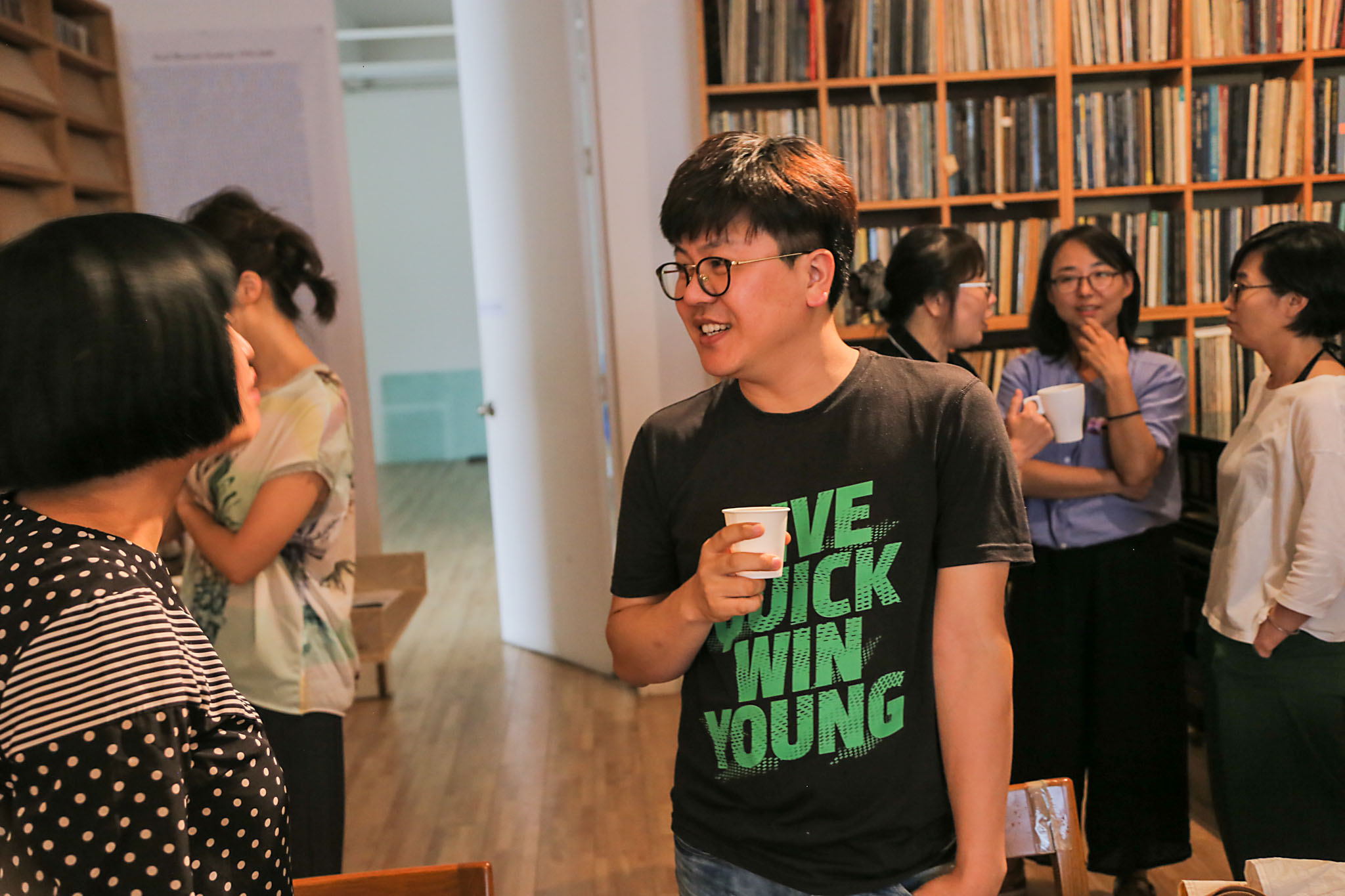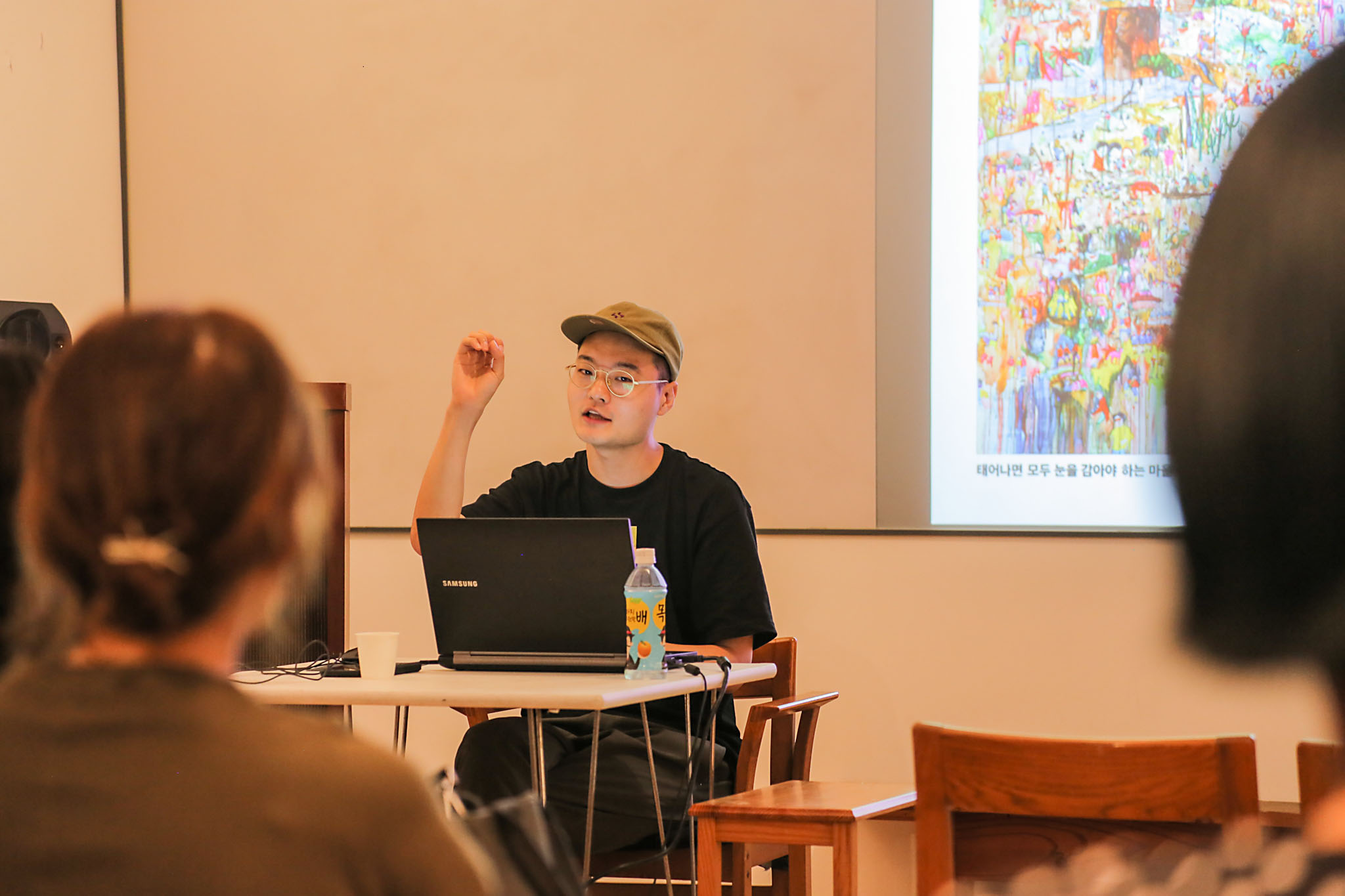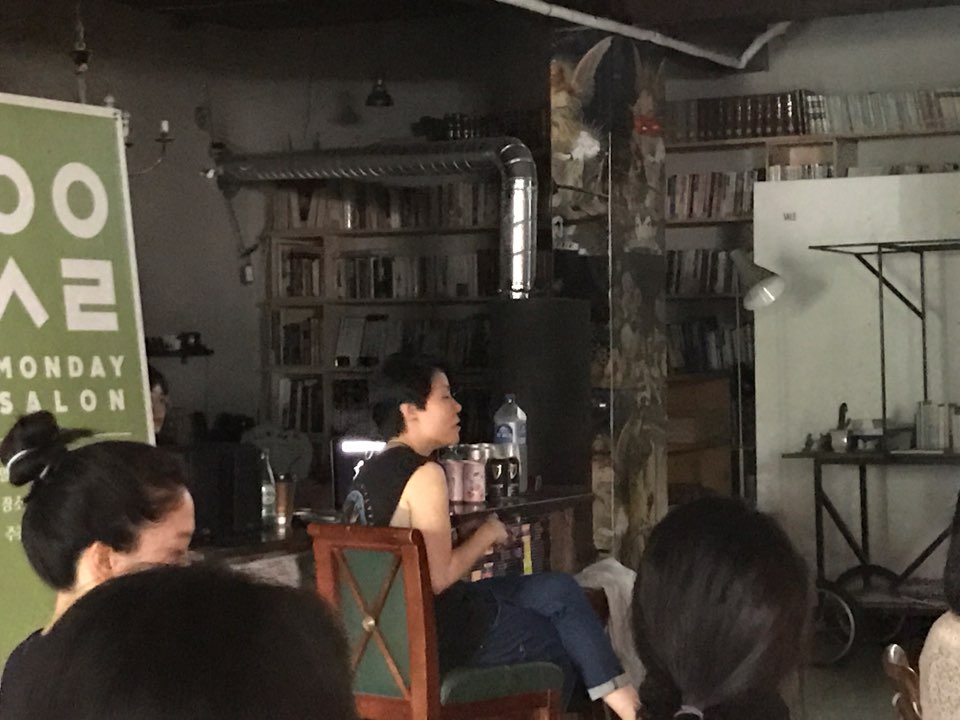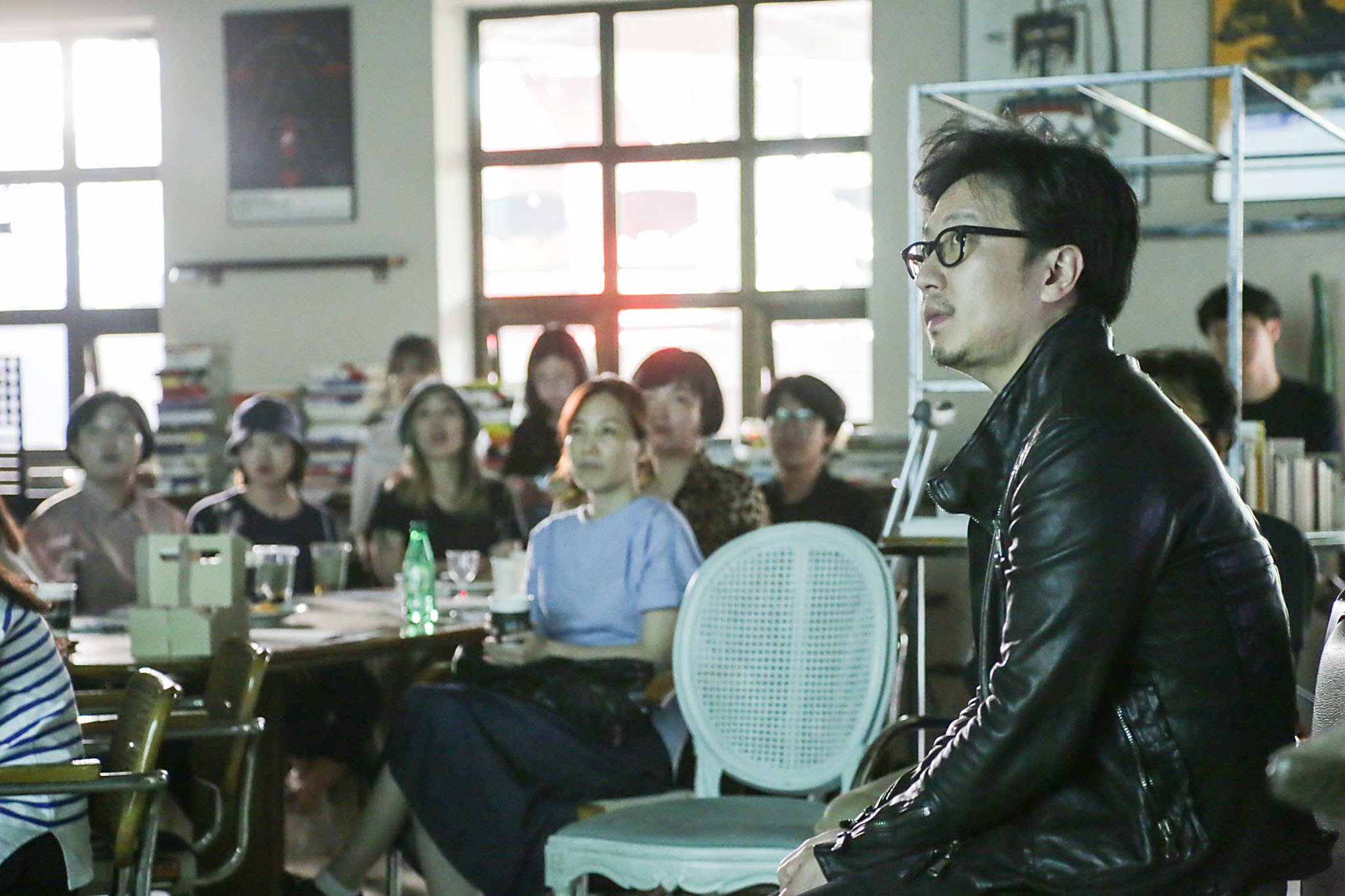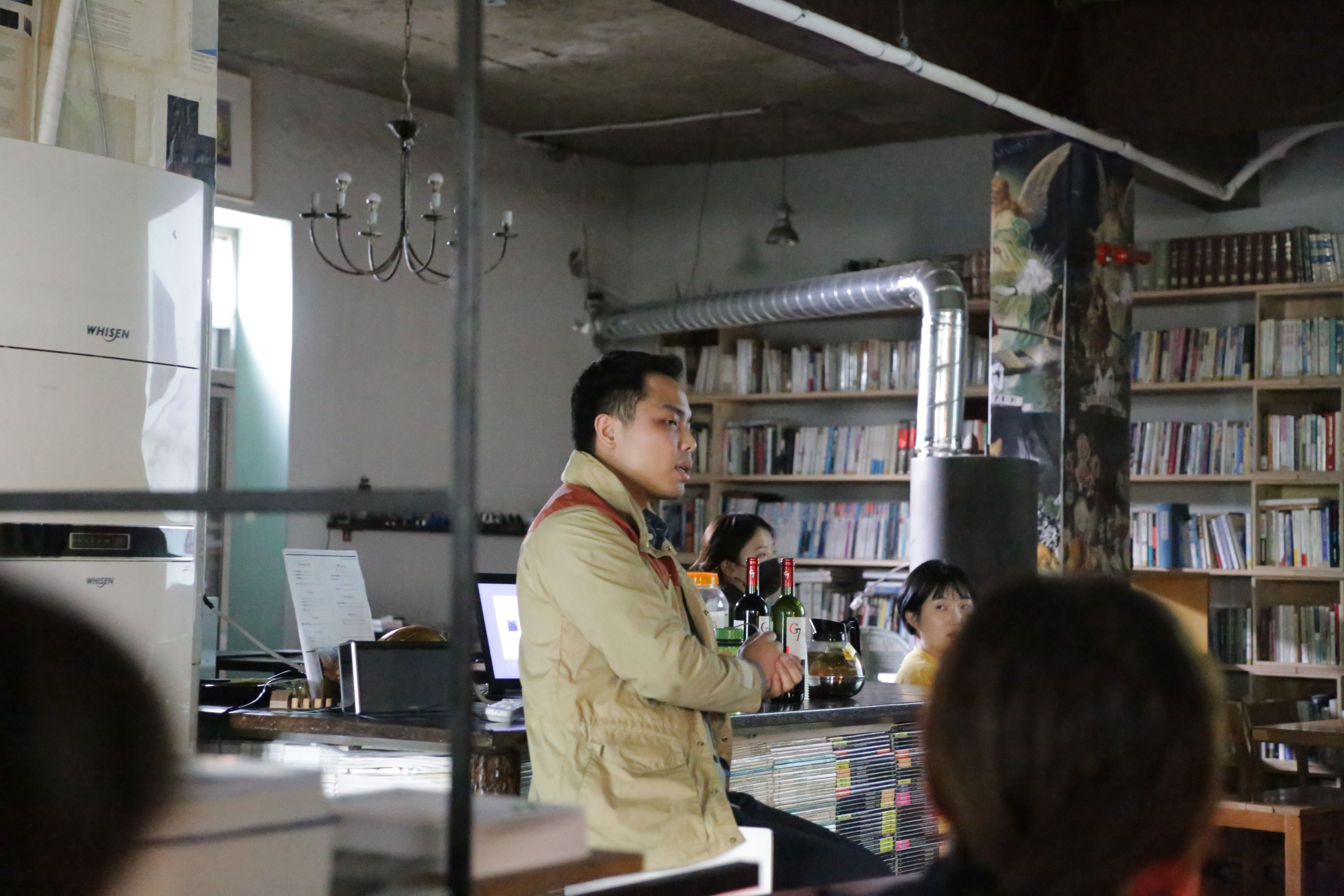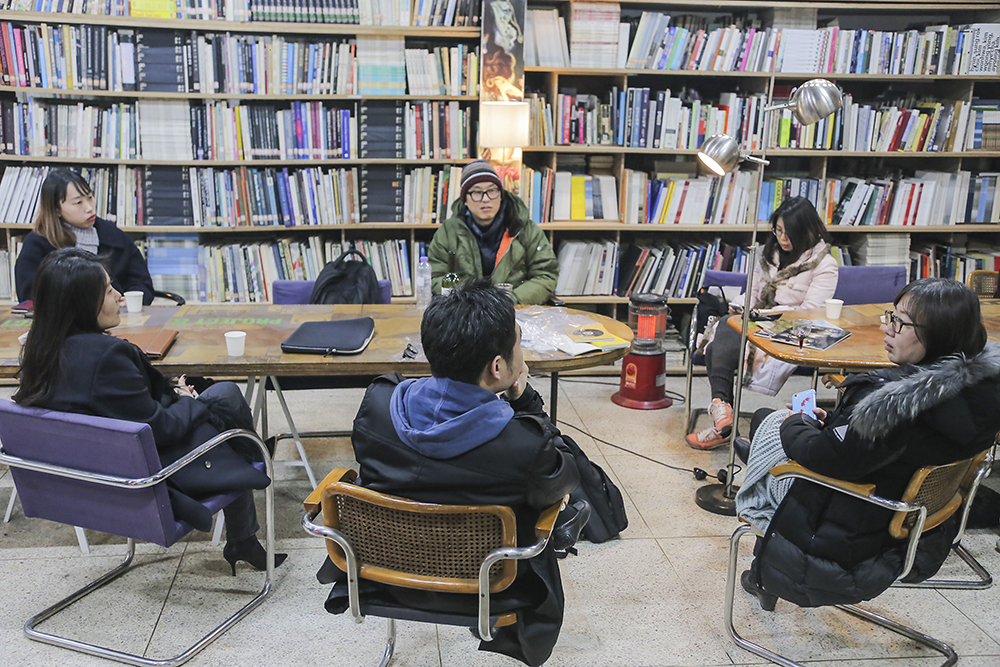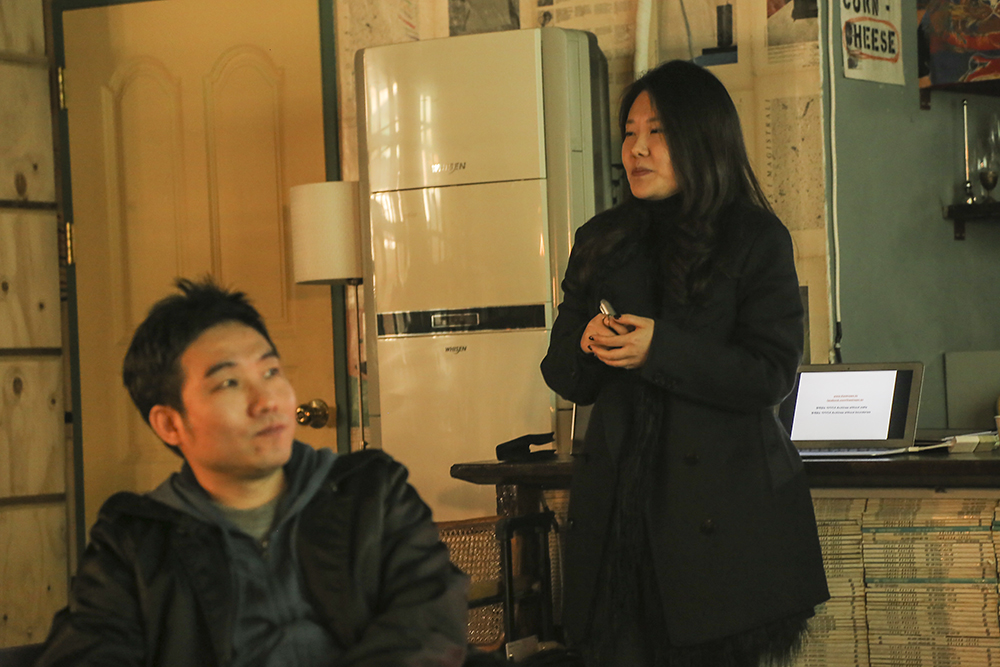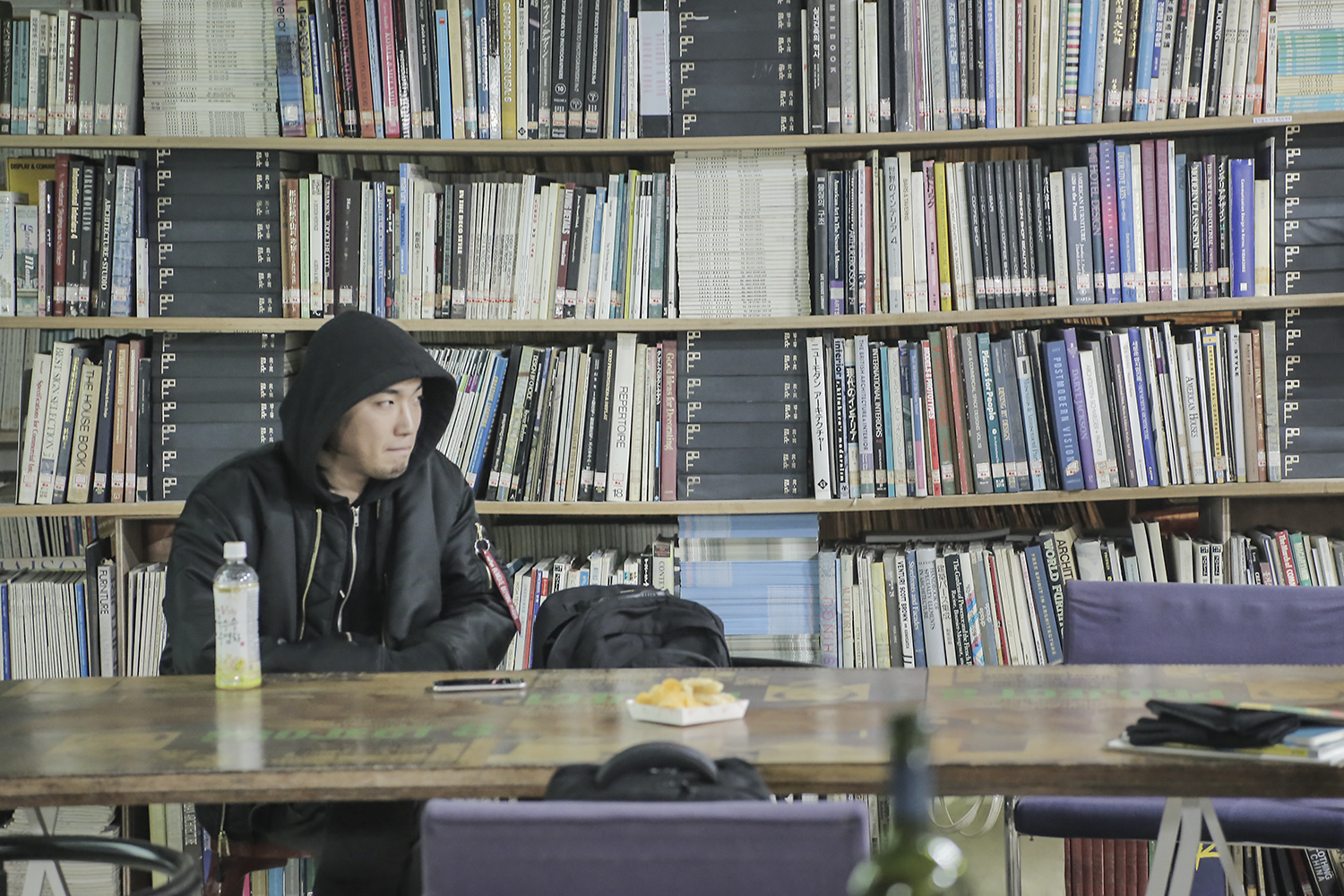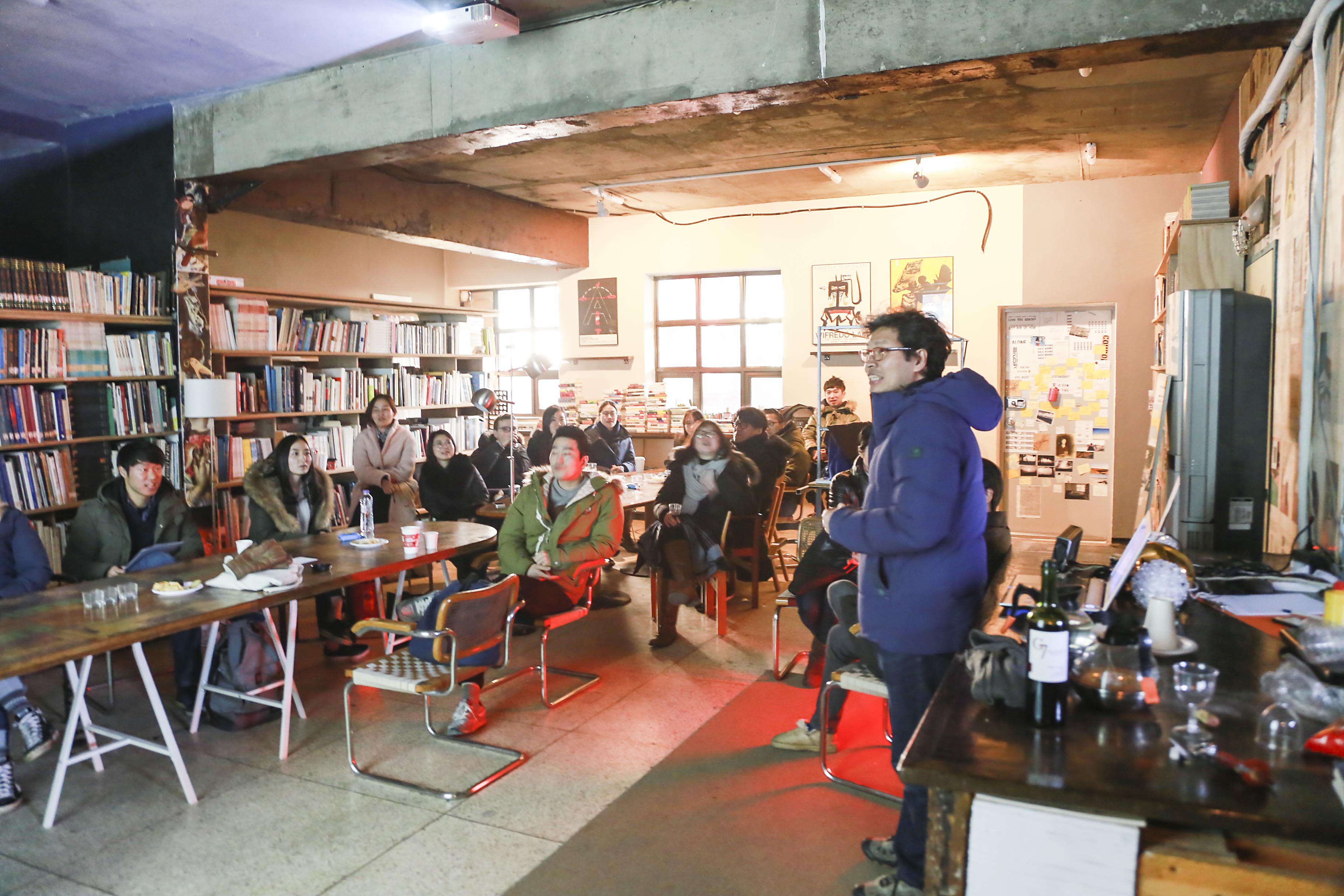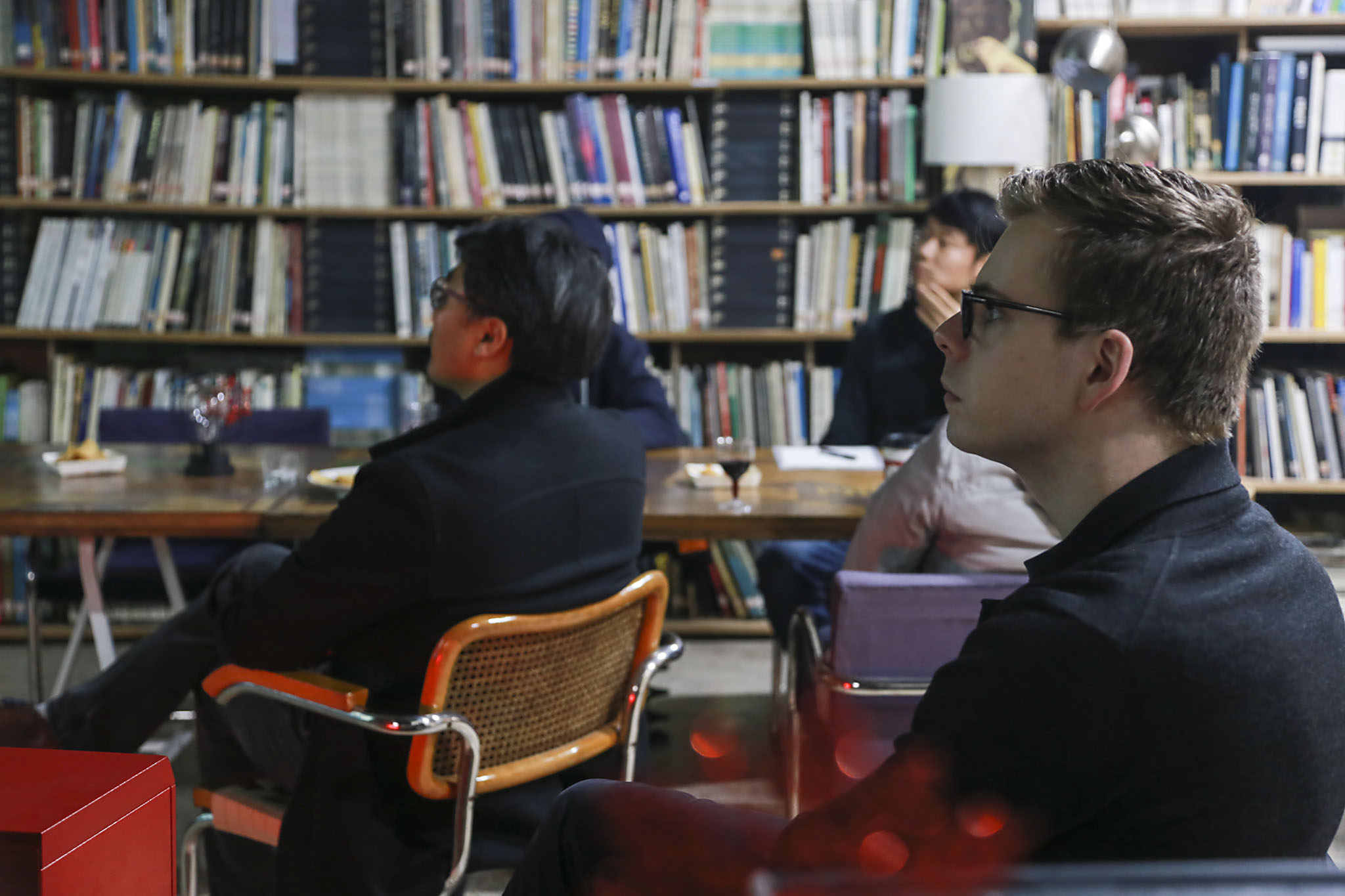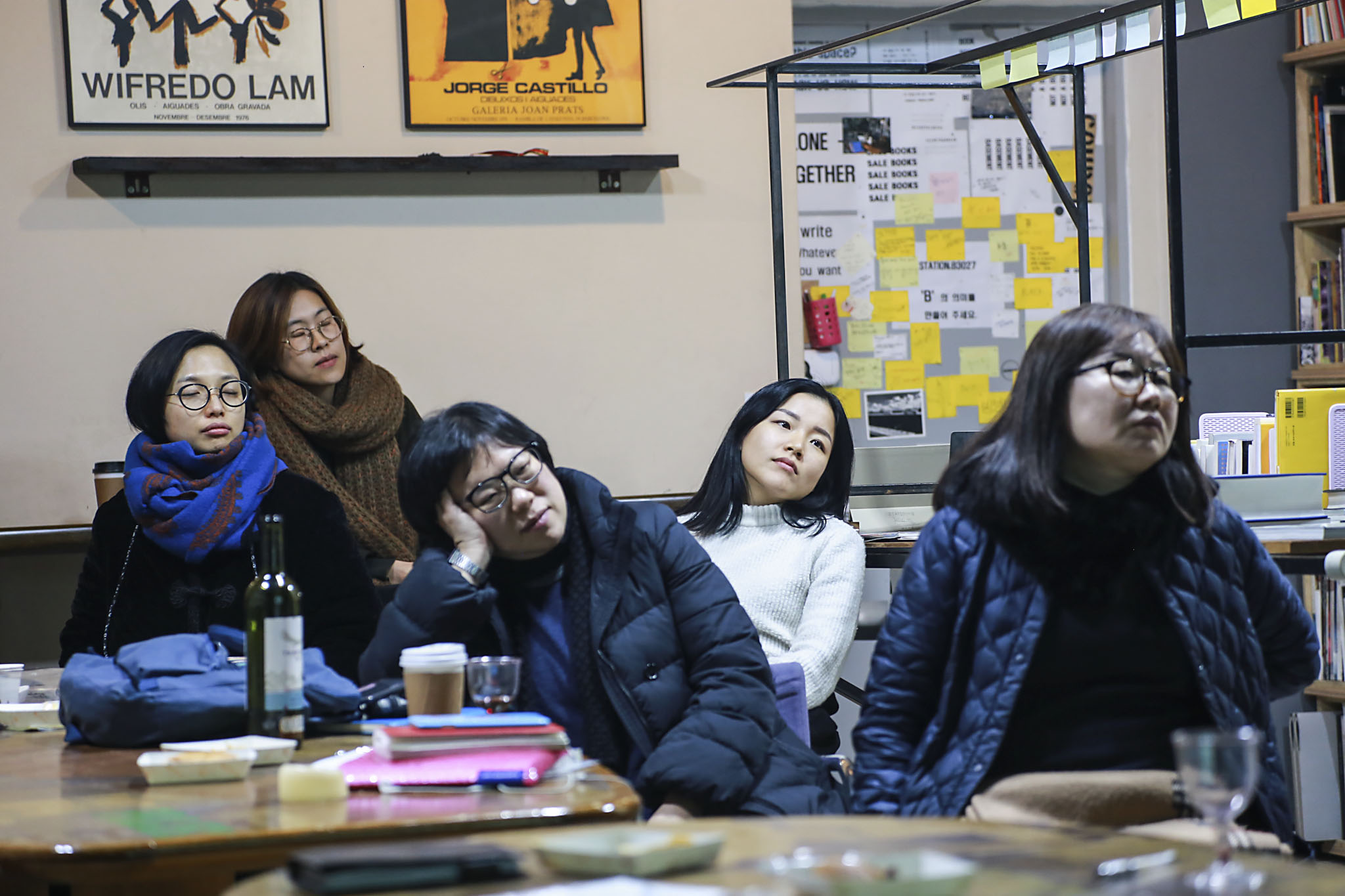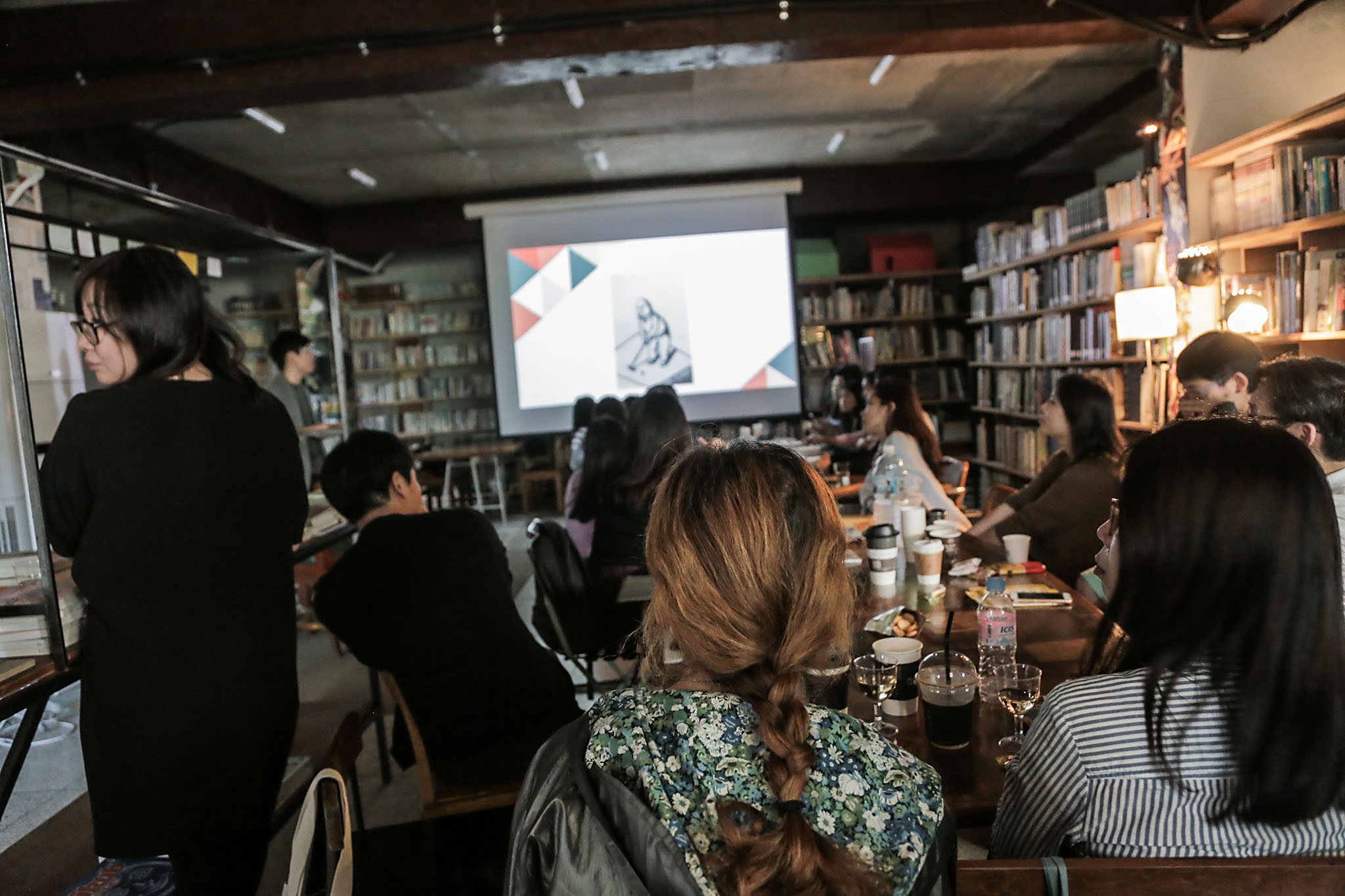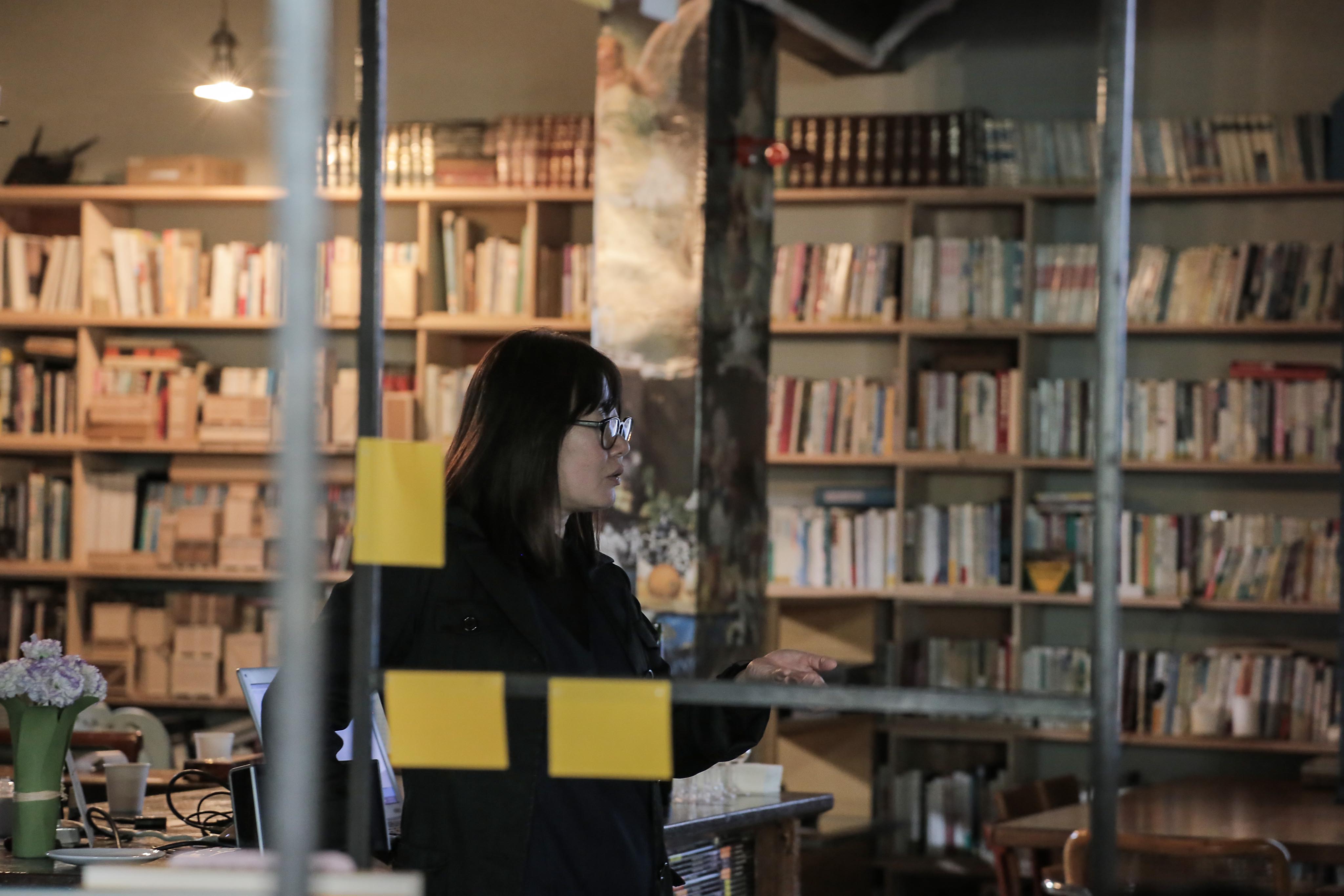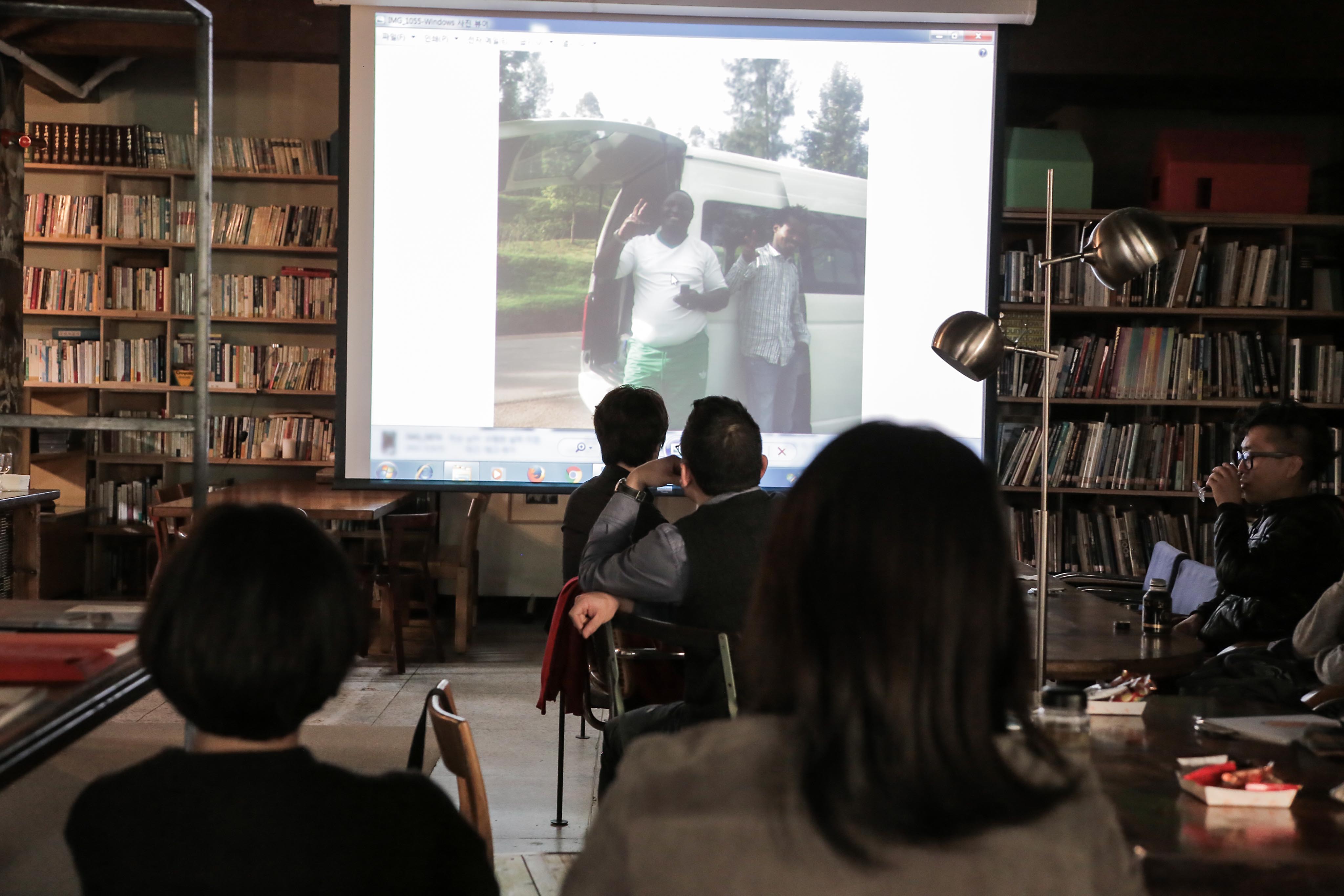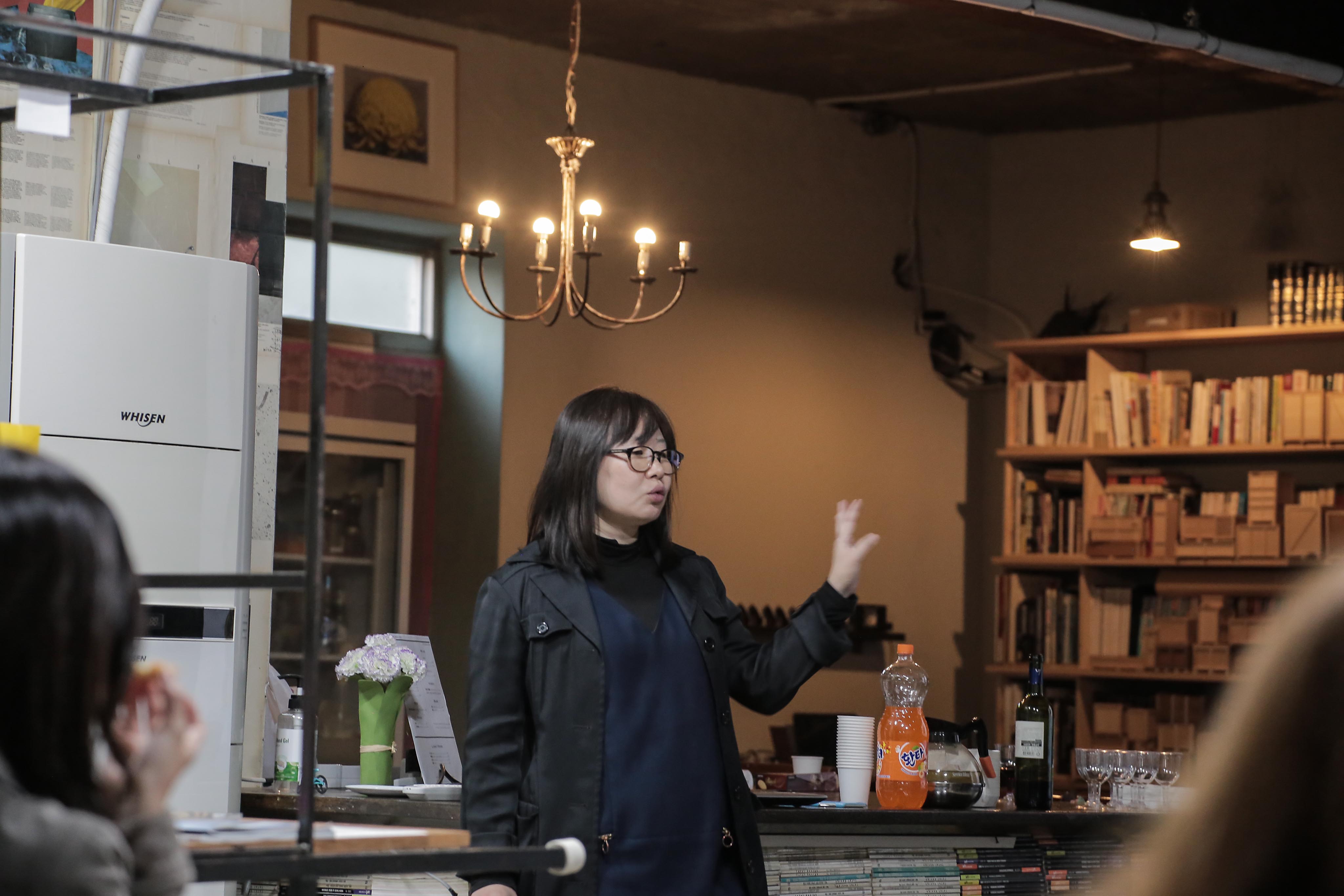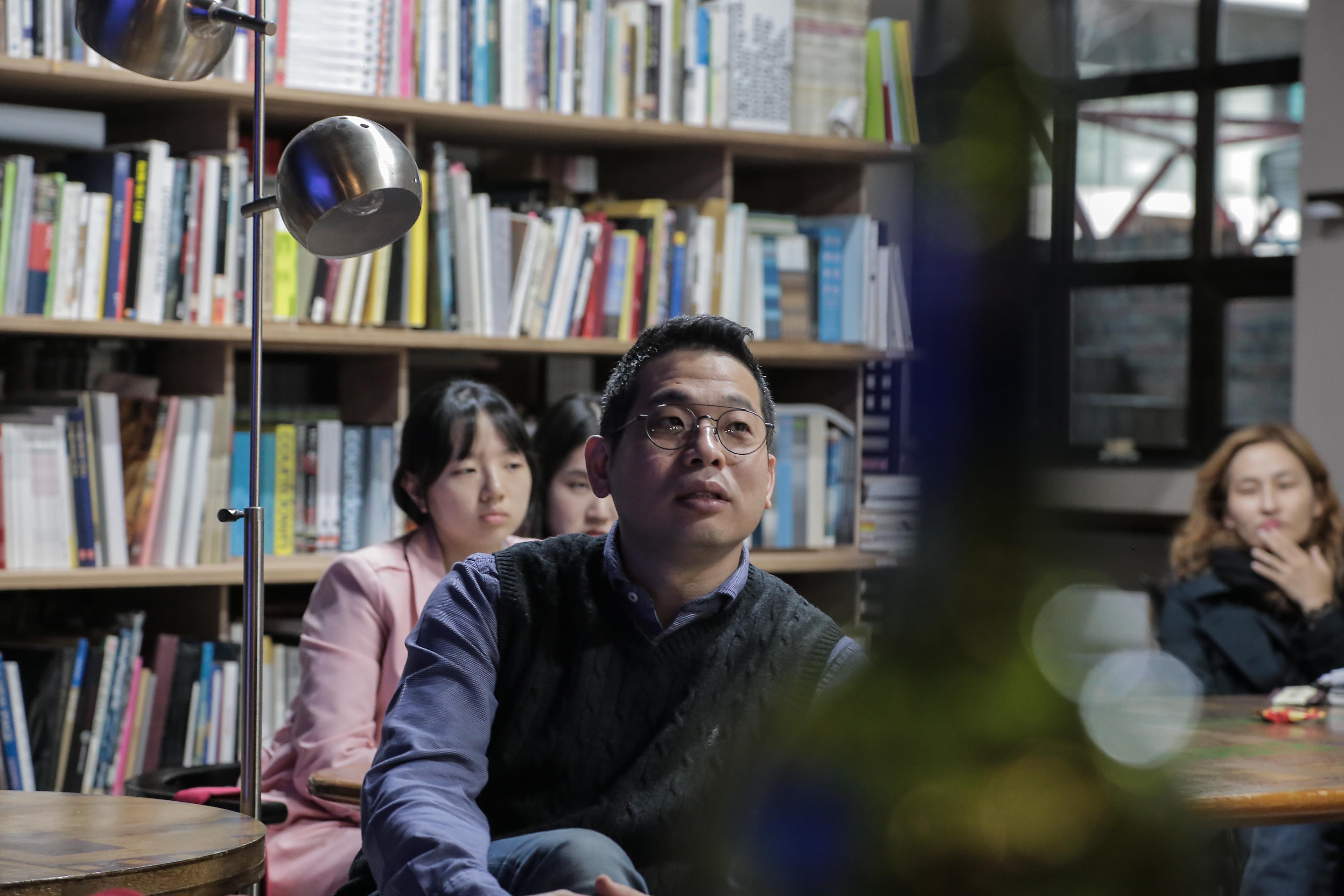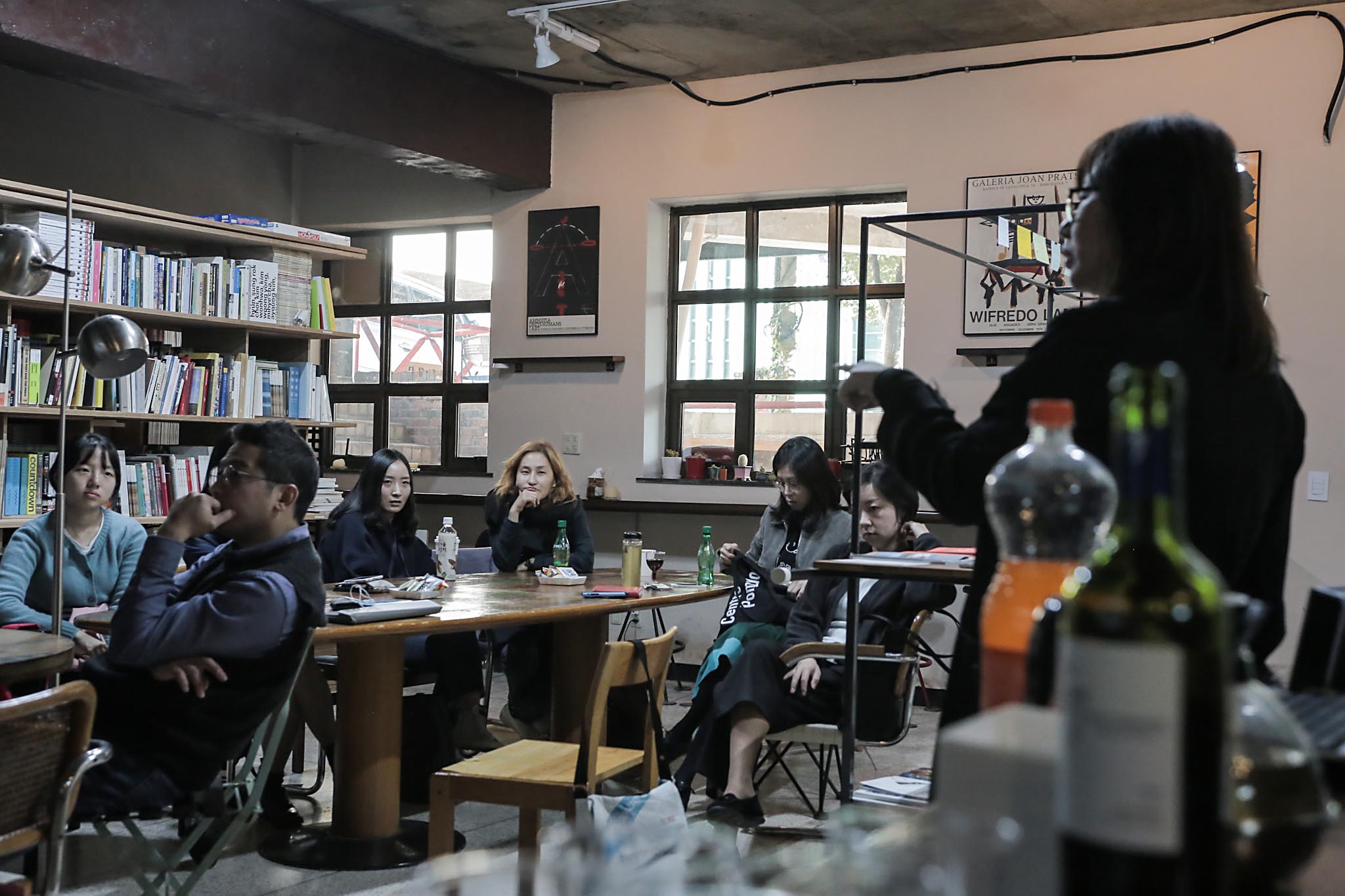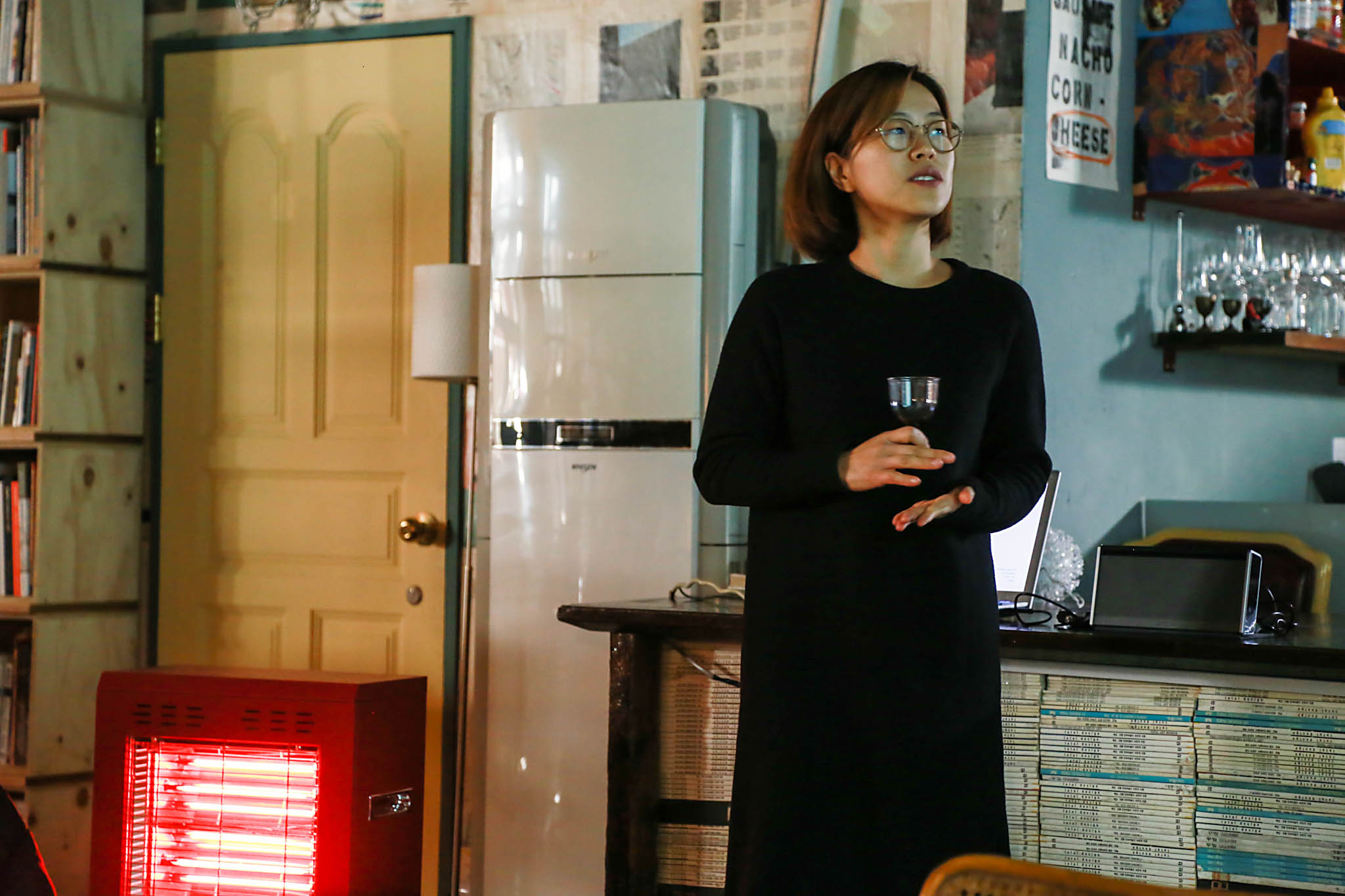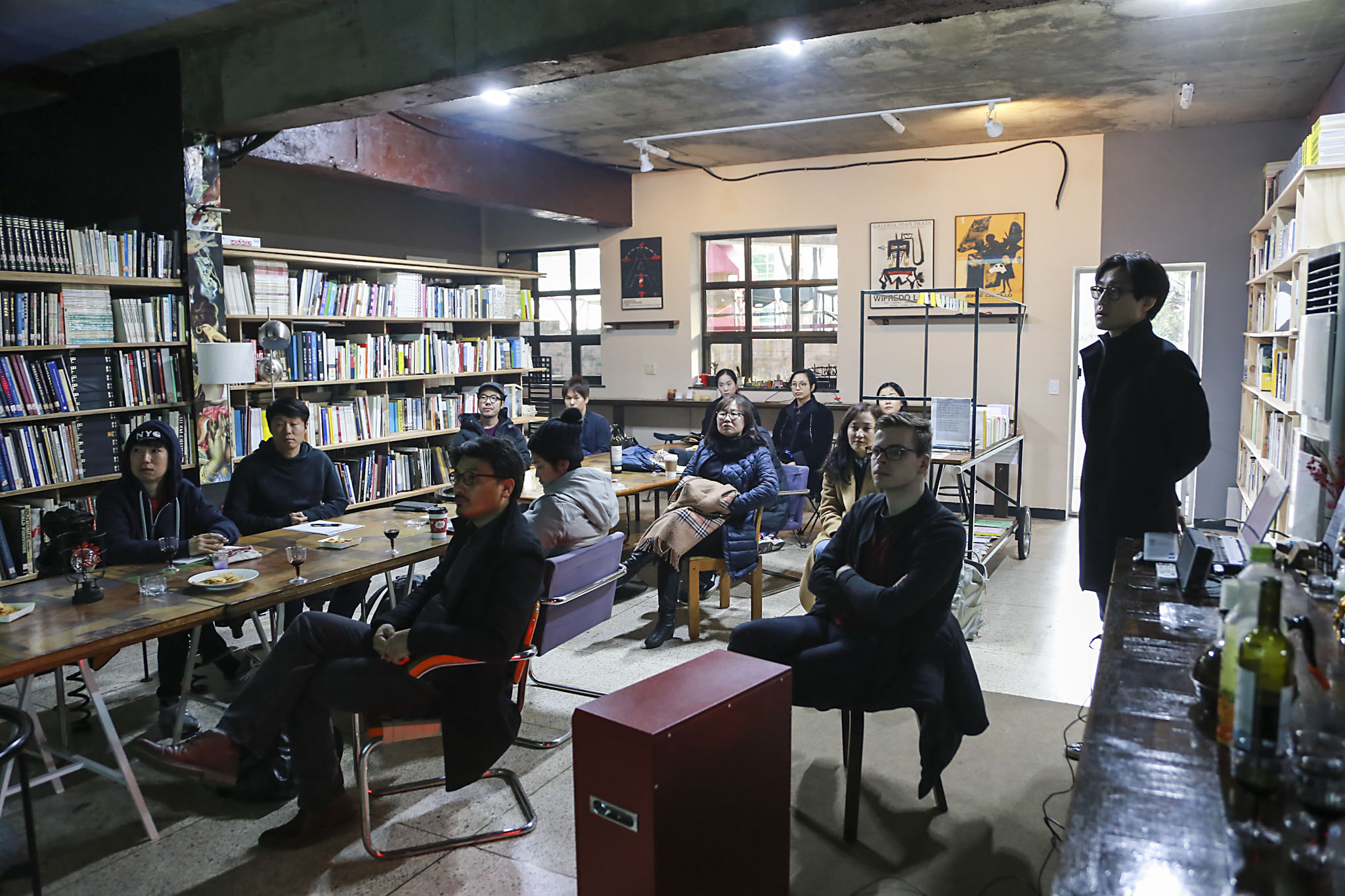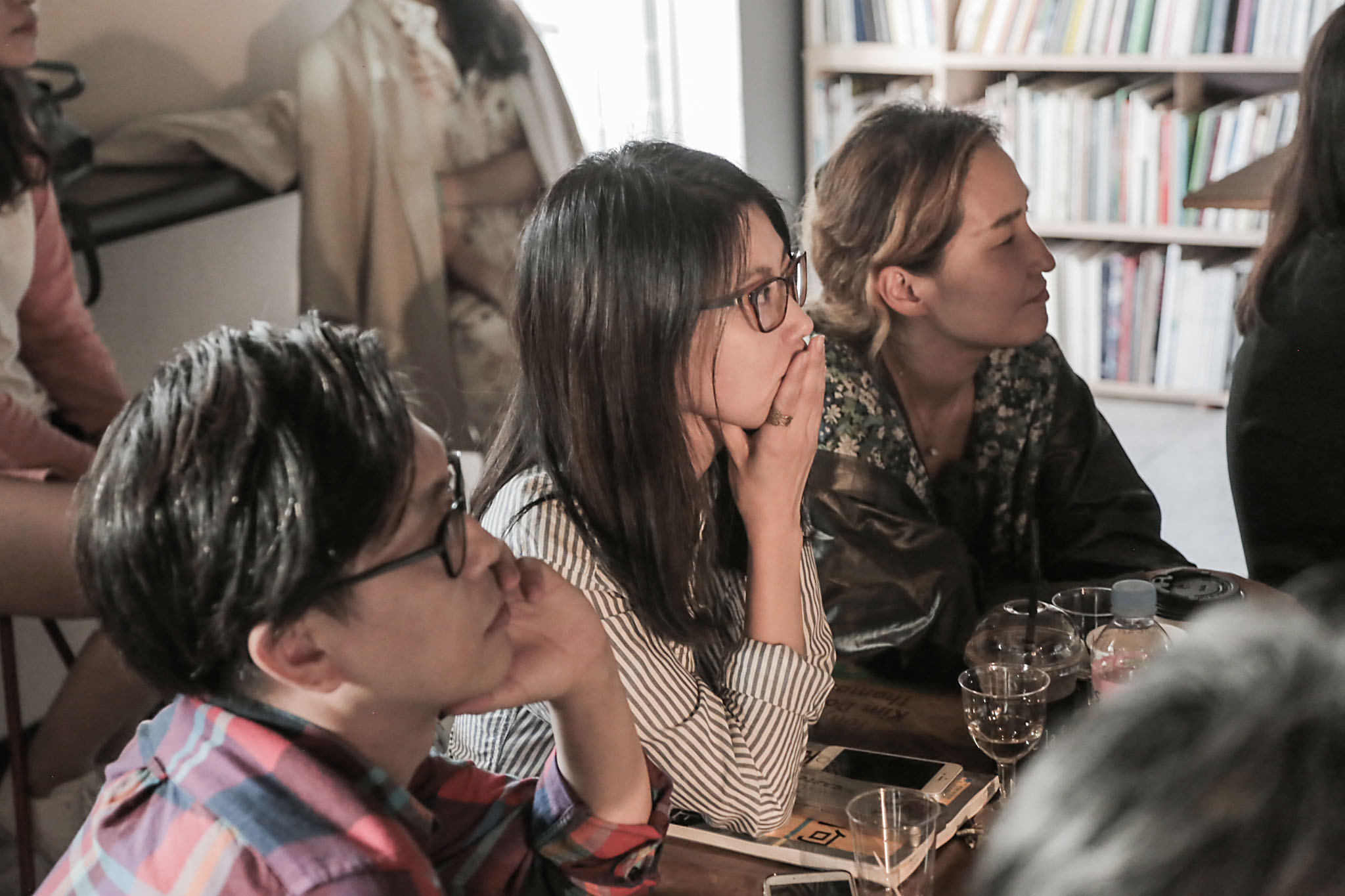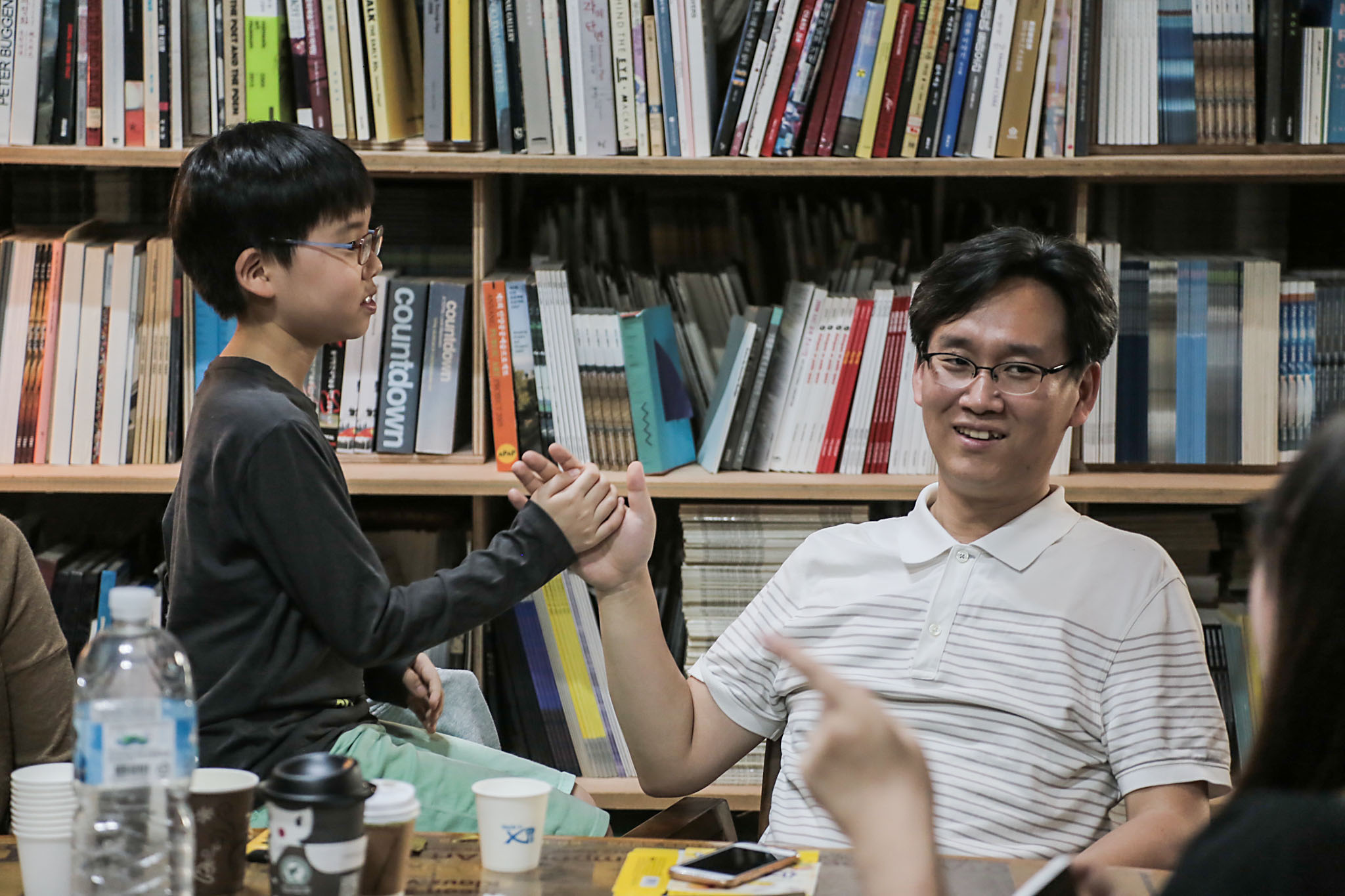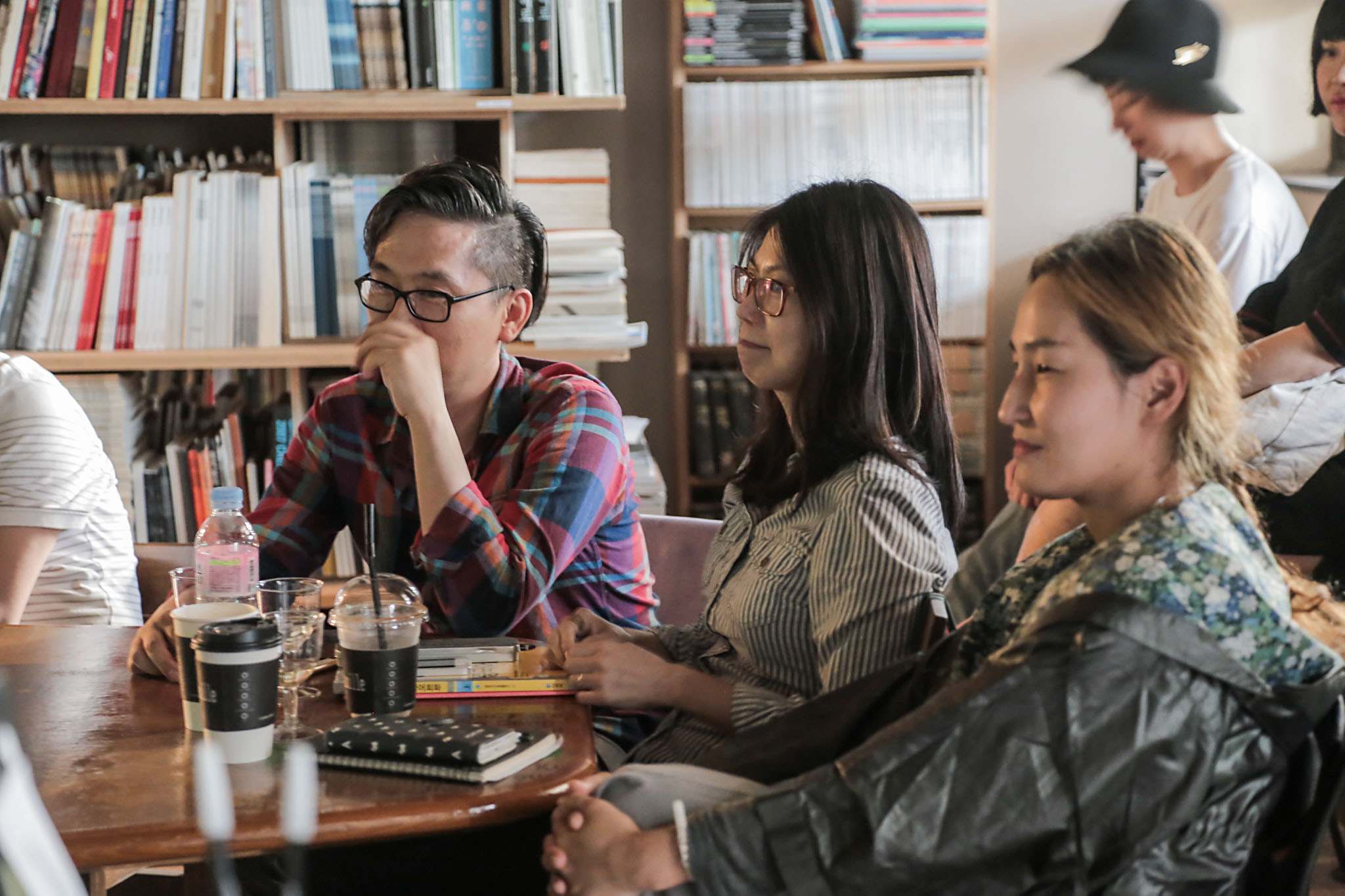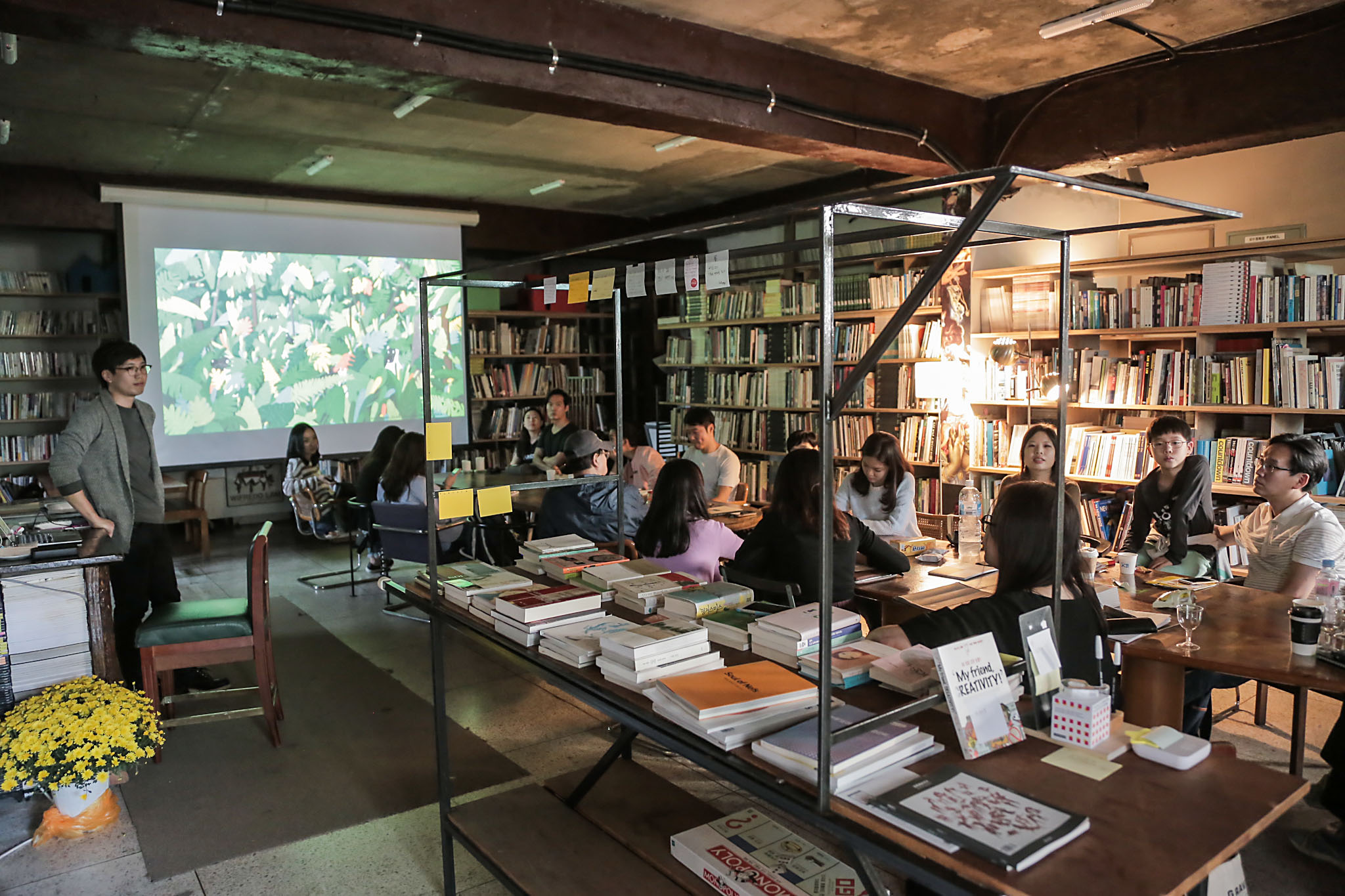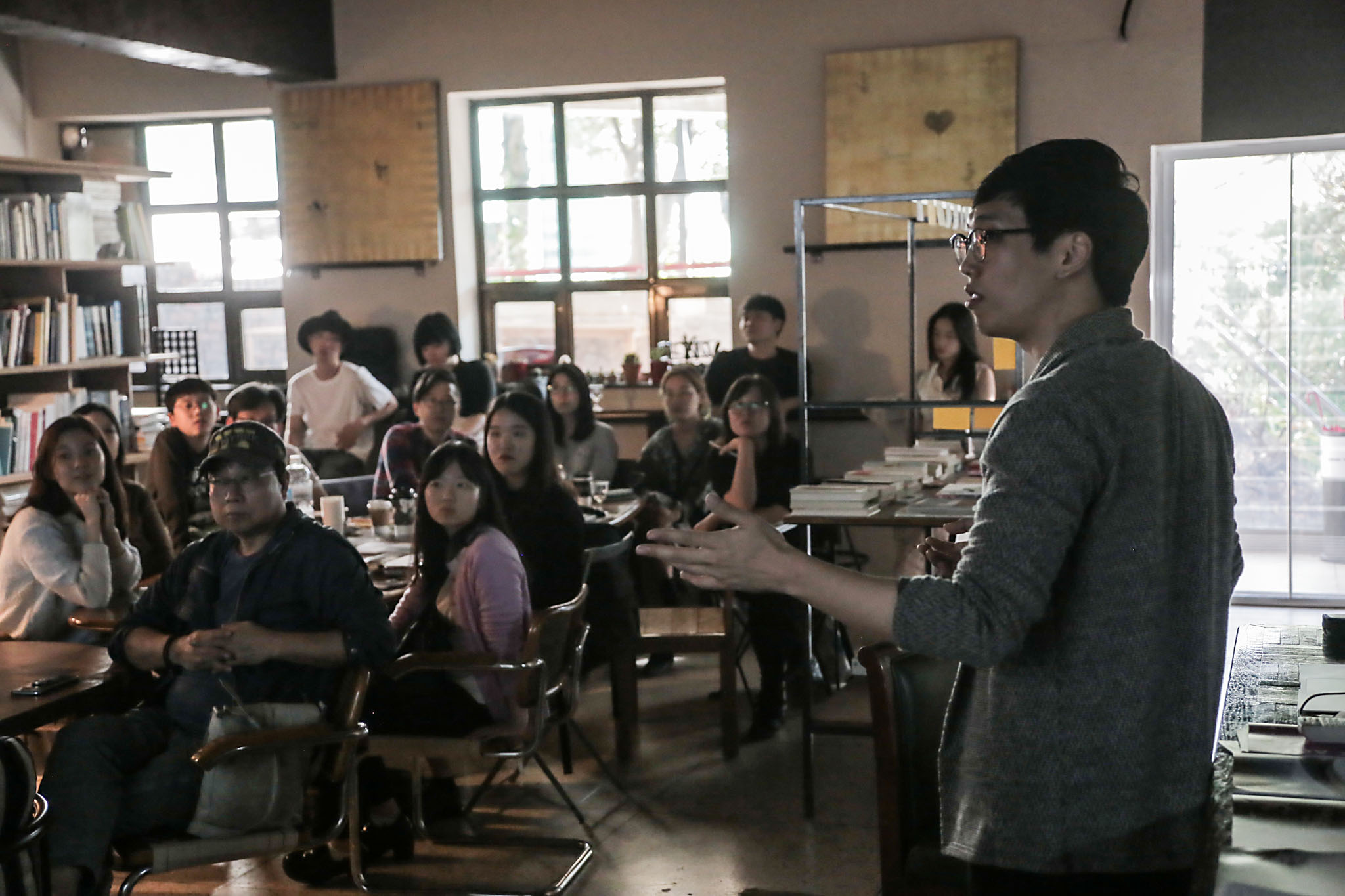월요살롱 Monday Salon
작업과 생각이 만나는 작은 살롱
토탈미술관의 ‘월요살롱’은 매주 월요일 오후 3시, 미술관에서 열리는 비공식 예술 대화 프로그램입니다. 이 프로젝트는 프랑스 출신 조각가 루이스 부르주아(Louise Bourgeois)가 뉴욕 자택에서 열었던 ‘Sunday Salon’에서 영감을 받아 시작되었습니다. 부르주아의 살롱처럼, 월요살롱 또한 작품을 중심으로 작가와 다양한 배경의 사람들이 모여 느슨하지만 진지한 대화를 나누는 자리입니다.
월요살롱은 완성된 작품이나 발표뿐 아니라, 진행 중인 아이디어와 고민, 스케치 단계의 생각, 말로 다듬어지지 않은 감각까지도 자유롭게 나눌 수 있는 자리입니다. 시각예술뿐만 아니라 문학, 디자인, 건축, 기술, 환경 등 다양한 분야의 크리에이터들이 함께하며, 각자의 질문과 경험이 다른 이의 관점과 만나며 새로운 연결과 가능성을 만들어내고자 합니다.
미술관이 휴관인 월요일 오후, 전시의 조명이 꺼진 공간에서 열리는 이 작은 모임은, 오히려 예술의 본질에 더 가까이 다가가는 실험의 장이 됩니다.
일시: 매주 월요일 오후 3시
장소: 토탈미술관 (서울 종로구 평창동)
참가 방법: 비공개 또는 회차별 신청제 (공지사항 참고)
문의: info@totalmuseum.org
“3시 정각에 다시 오세요!”
뉴욕 첼시, 루이스 부르주아의 집 앞에서 시작된 작은 문장처럼, 토탈미술관의 월요살롱도 매주 정각에 조용히 문을 엽니다.
An intimate gathering of works in progress and shared thoughts
Monday Salon is a weekly informal gathering held every Monday at 3 PM at Total Museum of Contemporary Art. Inspired by Louise Bourgeois’s legendary Sunday Salons in her Chelsea home, this program invites creators from various fields to engage in open-ended, thoughtful conversations around art, ideas, and process.
Rather than focusing solely on completed works or formal presentations, Monday Salon welcomes works in progress, unpolished thoughts, sketches, and lingering questions. It is a space for sharing artistic and intellectual processes as they unfold — not as outcomes, but as beginnings.
The salon brings together creators from diverse disciplines — including visual art, literature, design, architecture, technology, and ecology — encouraging cross-disciplinary exchange and unexpected encounters. Each session offers an opportunity to listen, speak, and reflect in a relaxed but attentive setting.
On Monday afternoons, when the museum is officially closed and the lights in the exhibition halls are dimmed, this quiet gathering becomes a space where art might come closest to its essence.
Time: Every Monday at 3 PM
Location: Total Museum of Contemporary Art, Pyeongchang-dong, Seoul
Participation: By invitation or session-based registration (see announcements)
Contact: info@totalmuseum.org
“Come back exactly at 3 PM.”
As Louise Bourgeois once said through the glass door of her home, Monday Salon opens quietly, every week, right on time.
뉴욕 첼시에 있는 팥 앙금 같은 빛깔의 집에 도착했다. 7개의 가파른 계단을 올라가 벨을 눌렀다. 경계심을 잔뜩 얼굴에 담은 한 중년 여자가 이중 유리문 너머에서 소리쳤다.
“ 3시 정각에 다시 오세요!”
일요일 오후 3시 정각. 루이스 부르주아의 집에서 ‘선데이 살롱’이 열리는 날이다. 미대생, 화가, 시인들이 집 앞에 모여들었다. 23명이 각자의 작품을 들고 부르주아의 집에 한 줄로 서서 들어갔다. 좁고 낡은 현관 복도를 지나자 더 낡은 거실이 나왔다. 조그만 의자가 네모꼴로 놓여 있었고, 실내는 저녁처럼 어두웠다. 거실은 마치 두 개의 뇌가 마주 보고 있는 모습 같다. 오른쪽엔 책장이 벽 한가득, 왼쪽 베니어 판에는 부르주아의 전시 스크랩이 다닥다닥 붙어 있다. 마티스의 말년 작업인 오려진 색종이가 유일한 다른 작가의 작품인 듯했다. 부르주아의 조그만 작업 책상엔 손님들을 위한 음료와 술, 초콜릿이 준비되어 있었고 한편엔 수북이 쌓인 미술 도구들과 서류 더미들이 있었다. 4개의 고물 램프들이 각자의 빛을 밝히고 있었고 오래된 철제 캐비닛 더미들은 책상을 지지했다. 책상 뒤 편엔 바나나 우윳빛 페인트 칠이 바랜 개선문같이 생긴 입구가 있었는데 그곳의 간유리 문은 거실과 부엌을 구분 짓고 있었다. 부르주아 같은 대가가 이런 곳에서 산다니 믿어지지 않을 정도로 검소한 집이었다. 그는 평생을 아주 부유하게 산 사람인데, 작업을 제외한 다른 곳에는 일절 에너지를 낭비하지 않는 작가다운 열정이 전해졌다(그는 고령임에도 작업량이 상당하다). 세련된 내면에 더 마음이 끌리는 이곳이 나는 차츰 좋아졌다.
3시 45분, 모마(MoMA)의 전 큐레이터이자, 상파울루 비엔날레 디렉터였던 파울로 헐켄호프(현 리우데자네이루 MNBA미술관 디렉터)의 도움을 받으며 부르주아가 워커에 의지해 천천히 거실로 들어왔다. 130cm 정도의 키에 바짝 마른 몸, 가느다란 발목엔 검정 양말과 고동색 운동화를 신었다. 은회색 카디건, 흰 티셔츠, 금빛 귀고리, 흰 모자…. 그가 빨간 모직 담요를 무릎에 덮으며 책상 옆 파란 소파에 앉았다. 그 모습은 마치 17세기 네덜란드 초상화에서 튀어나온 것 같았다. 사람들을 쳐다보는 눈빛이 반짝거렸다. 마음씨 좋은 할머니같다가도 얼핏 스치는 인상은 날카롭고 다부졌다.
시계 반대 방향으로 23명의 사람들의 자신의 작품에 대한 설명이 시작되었고 파울로는 의견을 이야기했다. 방 안의 열기는 대단했다. 부르주아는 딱 한 번, 친구인 필리스가 시를 낭송할 때 박수를 쳤고 그 외의 작품에는 연신 고개를 끄덕이며,“ 오케이, 오케이”,“ 화인!”,“베리 나이스!”,“ 댓스 굿!”같은 짧은 말들을 성의있게 소리냈다. 저녁 6시 30분, 인사를 하고 손때 묻은 가죽 책 같은 그 집을 나섰다.”
(루이스 브루주아와의 인터뷰, 2008.10.28. GQ에서 발췌)
▶ Issu
2016년 월요살롱
2017년 월요살롱
2018년 월요살롱
2019년 월요살롱
* 2020년 이후는 인스타그램에서 확인하실 수 있습니다.
Arriving at a House the Color of Red Bean Paste in Chelsea, New York
I arrived at a house in Chelsea, New York, its color reminiscent of red bean paste. Climbing the seven steep steps, I rang the doorbell. A middle-aged woman, her face filled with caution, shouted from behind the double-glass door,
“Come back exactly at 3 PM!”
It was Sunday afternoon, precisely 3 PM — the time for Sunday Salon at Louise Bourgeois’s home. Art students, painters, and poets had gathered outside, each holding their own works. One by one, the 23 visitors entered the house, forming a line. Passing through a narrow, aged hallway, we stepped into an even more worn living room. Small chairs were arranged in a square. The dimly lit room felt like dusk had already fallen.
The space felt like two brains facing each other — one wall lined with bookshelves, the other paneled with plywood covered in clippings from Bourgeois’s past exhibitions. The only artwork by another artist seemed to be a paper cutout from Matisse’s late period. On Bourgeois’s small work desk were drinks, alcohol, and chocolates for the guests, alongside heaps of art materials and stacks of documents. Four antique lamps cast their individual glows, and a pile of old steel cabinets supported the desk. Behind it stood an archway painted in faded banana milk color, resembling a miniature triumphal arch. Its frosted glass door separated the living room from the kitchen.
It was hard to believe that a great figure like Louise Bourgeois lived in such modest surroundings. She had lived a life of wealth, yet you could feel her artist’s passion in how she spared no energy outside her work. Despite her age, her artistic output was still formidable. The more time I spent in this house, the more I grew to love its quiet elegance and inner sophistication.
At 3:45 PM, with the help of Paulo Herkenhoff — former curator at MoMA and director of the São Paulo Biennale, now director of MNBA in Rio de Janeiro — Bourgeois entered the living room with the aid of a walker. She stood about 130 cm tall, with a slender frame. On her thin ankles were black socks and brown sneakers. She wore a silver-gray cardigan, a white T-shirt, golden earrings, and a white hat. She settled into a blue sofa next to her desk, a red wool blanket draped over her knees. She looked like a figure straight out of a 17th-century Dutch portrait. Her eyes sparkled as she scanned the room. At times, she seemed like a kindly grandmother; at others, there was a flash of sharp intensity and quiet strength.
Going counterclockwise, each of the 23 visitors introduced their work. Paulo offered his insights. The energy in the room was palpable. Bourgeois clapped only once — when her friend Phyllis recited a poem. For the rest, she nodded earnestly and responded with short, sincere phrases:
“Okay, okay.”
“Fine!”
“Very nice!”
“That’s good!”
At 6:30 PM, we said our goodbyes and stepped out of that house — worn like a well-loved leather book.
(Excerpt from an interview with Louise Bourgeois, GQ Korea, October 28, 2008)

